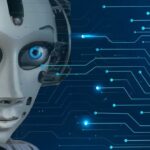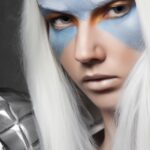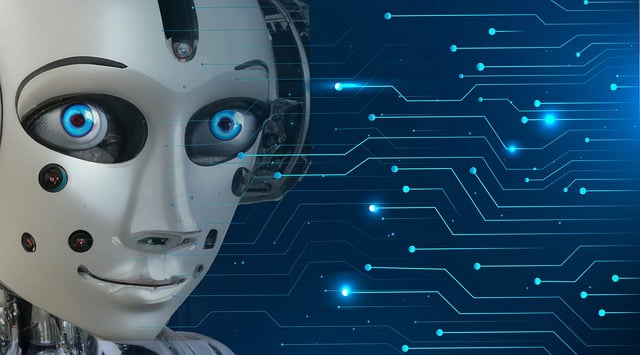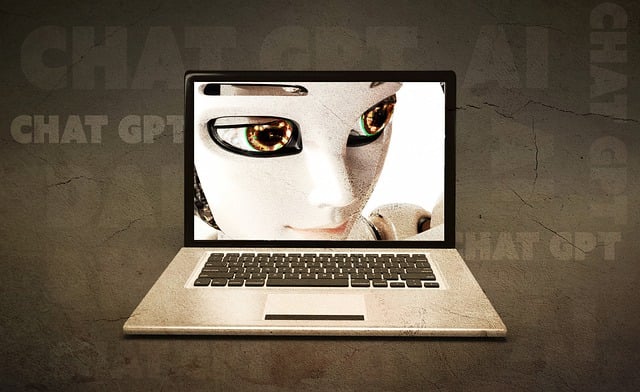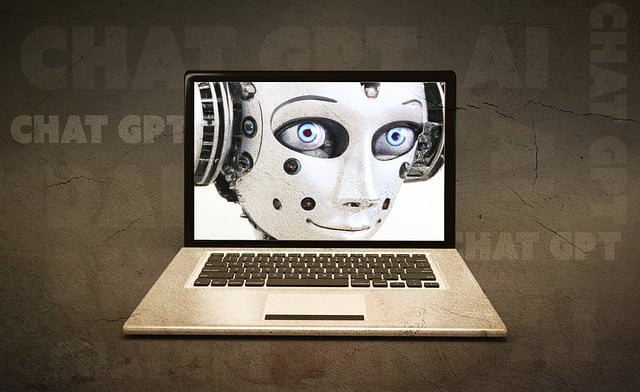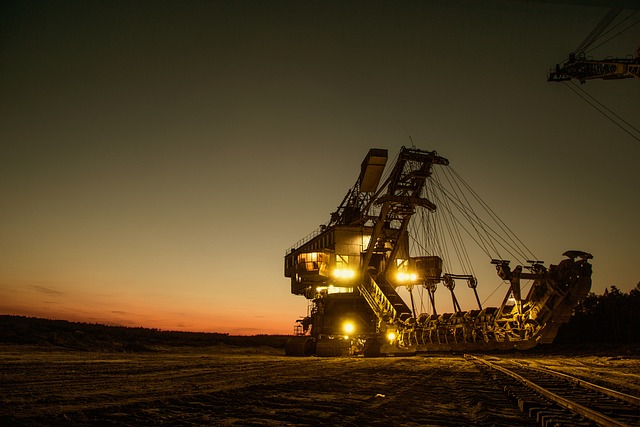Section 1: The Rise of AI in Creativity
The world of creativity has always been seen as a realm exclusive to human minds. The ability to imagine, create and innovate has long been considered a unique trait of human intelligence. However, with the rapid advancements in technology, this notion is being challenged. Artificial Intelligence (AI) has emerged as a powerful tool that is breaking barriers in the creative industry. From writing and music composition to visual arts and design, AI is revolutionizing the way we think about creativity. In this article, we will explore the impact of AI on creativity and how it is reshaping the traditional methods of creation.
Section 2: The Impact of AI on Writing
One of the most significant impacts of AI on creativity can be seen in the field of writing. Traditionally, writing has been considered a craft that requires human imagination and thought. However, with the development of Natural Language Processing (NLP) algorithms, AI is now capable of generating human-like text. This has opened up a whole new world of possibilities for writers, both professional and amateur. AI writing tools such as Grammarly, QuillBot, and Articoolo are gaining popularity, allowing writers to enhance their work and improve their writing skills.
One of the most significant advantages of AI writing tools is their ability to save time and effort. With the help of AI, writers can generate content at a much faster pace, allowing them to focus on the creative aspects of their work. This has also led to a rise in content creation, with AI-generated articles being published by major news outlets and websites. Additionally, AI writing tools can assist writers in improving their grammar, vocabulary, and sentence structure, making their work more polished and professional.
Section 3: Unleashing the Potential of AI for Creativity and Innovation
Apart from aiding in the writing process, AI is also unleashing the potential for creativity and innovation. With the help of AI, artists and designers can now explore new techniques and styles that were previously unattainable. For example, AI-powered software can analyze a user’s drawing style and generate new images based on that style. This allows artists to expand their creative horizons and push the boundaries of traditional art forms.
Moreover, AI is also being used in the music industry to compose original pieces of music. By analyzing existing music and patterns, AI algorithms can generate new melodies and harmonies, providing musicians with a vast pool of inspiration. This has led to the creation of unique and experimental music, blurring the lines between human and AI creativity.
In addition to aiding in the creative process, AI is also being used to improve the overall user experience. With the help of AI-powered chatbots and virtual assistants, companies can now provide personalized and efficient customer service. This not only saves time and resources but also enhances the customer’s experience, leading to increased satisfaction and loyalty.
Section 4: Redefining the Art of Creation
AI is undoubtedly redefining the art of creation in ways that were previously unimaginable. However, there is still a debate surrounding the role of AI in creativity. Some argue that AI is simply mimicking human creativity and cannot replace the originality and emotions that come with human creation. On the other hand, proponents of AI believe that it is enhancing human creativity by providing tools and resources that can aid in the creative process.
While there may be valid arguments on both sides, one thing is certain – AI has the potential to revolutionize the creative industry. It is breaking barriers and pushing the boundaries of what was once thought to be exclusive to human minds. As AI technology continues to evolve, we can only imagine the endless possibilities it holds for the future of creativity and innovation.
In conclusion, AI is making a significant impact on creativity, particularly in the field of writing. It is changing the way we think about creation and providing new tools and resources to enhance the creative process. While there may be concerns about the role of AI in creativity, one thing is certain – it is here to stay and will continue to shape the way we create and innovate. As we embrace this technology and explore its potential, we can look forward to a future where human and AI creativity coexist and complement each other.




